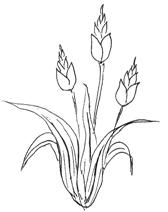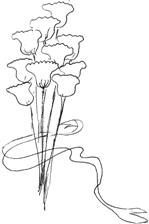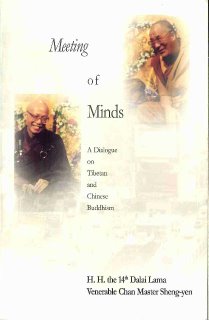
The Tuesday (Nov 28, 2006) issue of the free daily newspaper here, tbt, carried a news article entitled “How to be happier”. Citing a variety of research experiments, the article enumerated several simple exercises that we can engage on a daily basis. I’ve tried each within the short span (actually more than an hour) of blogging here as listed below:
Think of 3 good things that happened during the day and analyzed why they occurred.
1) Our order of the silver-colored Canon SLR Camera arrived today as promised by Staples.com because they have a reputation to upkeep.
2) Received an email from back home regarding a potential consultancy stint because I keep my contacts intact.
3) Upon return from his trip back to his homeland, my Turkish colleague brought pistachio and hazel nuts to the office to share (And my wife loves them). All because I work in a great firm that values good people and recruits them wherever they may be.
Discover your personal strengths, choose the five most prominent, then everyday for a week, apply one or more of these strengths in a new way.
1) I blog, and vary my theme from day to day, hence aPleasant Surprise(s).
2) I do numerical modeling, and just learn a new one today, BOUSS-2D. Never mind if you don’t know what it is. The important thing is for me to know how to use it wisely and to clients’ satisfaction.
3) I read, and stumble upon a piece of interesting news that I will blog later on here.
4) I treat my daughter as my peer, and she starts to share her stuff with me. Like today, she told me she will participate in the Winter Wonderland the school organizes this Friday where she will make goo (?) with elementary school kids.
5) I love my wife, and so she has become the copy editor of my blog lest my momentary lapse of mental clarity introduce things that are not for public consumption into my blog, a reality check of sort.
Work on savoring the pleasing things in life.
Seeing the diversity of traffic to my blog, for one. Reading comments on my blog for another. It seems my life has become more blog-centric by the day.
Write down what you want to be remembered for, and bring daily activities in line with what’s really important.
A loving husband by my wife; an even-handed father by my kids; a responsible and responsive professional by my colleagues; an approachable friend by my peers; and a smiling man by any stranger. And to all that, just be myself.
Regularly practice random acts of kindness.
Let's see, yes, letting an on-coming car come into my lane first. You see, we usually cut through a residential area on the way home when ferrying my daughter after school. Often, there are cars parked by the road side, taking up more than half of one lane and making two lane traffic difficult. Usually, the rule of thumb is just like approaching a 4-way junction, first in first out. But sometimes we do come across a particularly patient driver who stops first and waves us by. So today I did the same, and was acknowledged for the courteous move, a simple wave of the hand and a slight nod.
It does feel good, to be engaged in any of the above activities. Try some yourself.
Now, for the interesting news. The headline reads Global warming case goes to Supreme Court. The byline is “Watchdog groups, 12 states call for U.S. regulation of greenhouse gases”.
It pits environmental groups and a dozen states as the plaintiff (known as Massachusetts) against EPA, along with 10 states, four motor vehicle trade associations and two coalitions of utility companies and other industries as the defendents (known as EPA), contending that the “U.S. Environmental Protection Agency’s mandate to shield Americans from harmful pollution includes putting limits on car, truck and power plant emissions that have been shown to hasten climate change” within the ambit of the Federal Clean Air Act, in a pivotal case before the Supreme Court.
On the other hand, the defendants' stand is that “carbon dioxide is a naturally occurring gas that does not fit the U.S. Clean Air Act’s definition of a pollutant”.
And the protagonists:
On the plaintiff side: Massachusetts, California, Connecticut, Illinois, Maine, New Jersey, New Mexico, New York, Oregon, Rhode Island, Vermont and Washington state; the cities of Washington D.C., New York and Baltimore; the government of American Samoa; and 13 environmental groups.
On the defendant side: EPA, Michigan, Texas, Idaho, North Dakota, Utah, South Dakota, Alaska, Kansas, Nebraska and Ohio, and numerous industry groups, including the Alliance of Automobile Manufacturers, which represents nine car makers including the so-called “Big Three.”
See whether you’re surprised by any of the state entries in either camp, other than Texas of course. This case is interesting to me because this is the first time I’m seeing states on opposite sides of a court case. Wonder whether the people have any say in the professed stands adopted by the litigant states. And now the bummer, “a ruling is expected by the middle of next year”.

















































